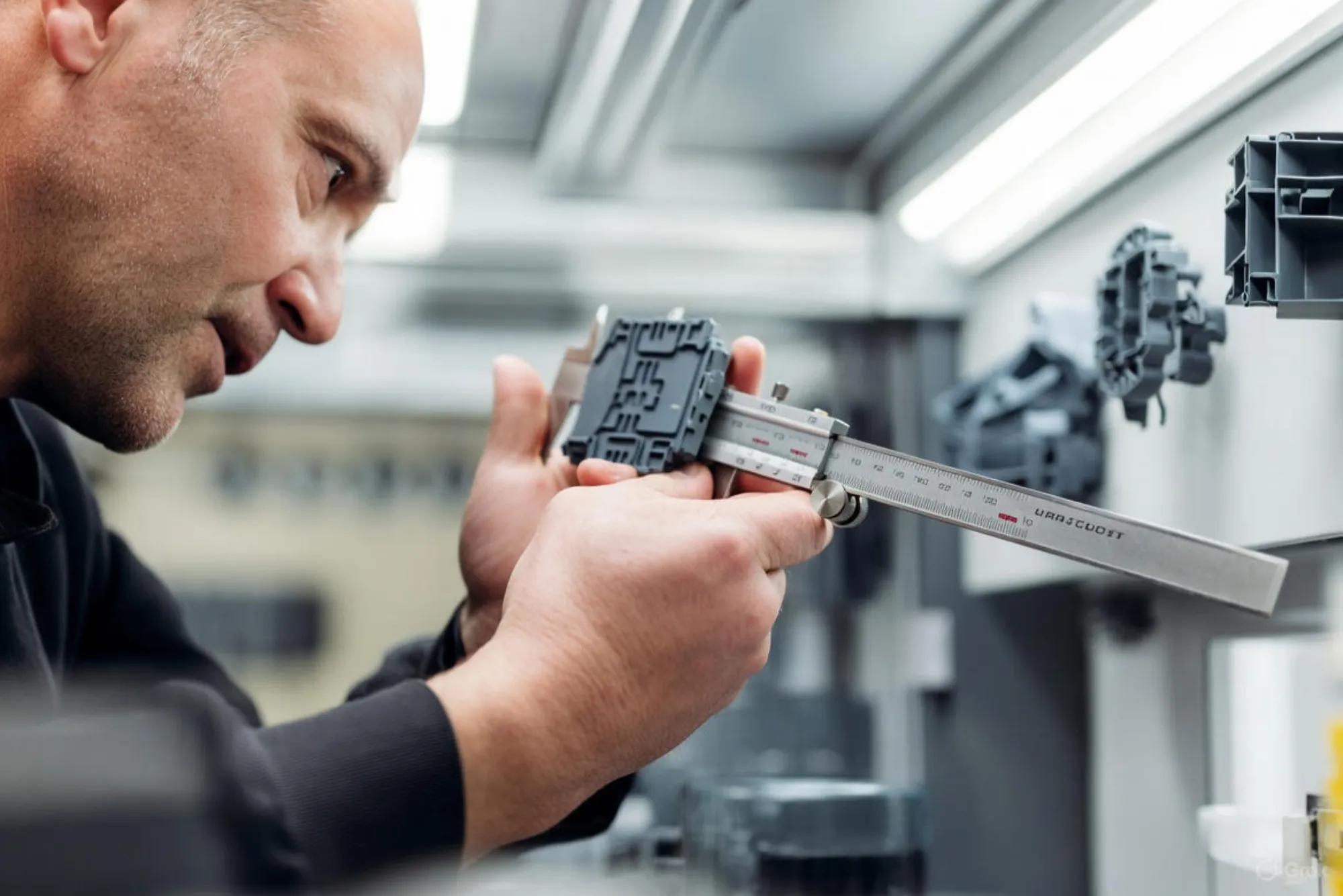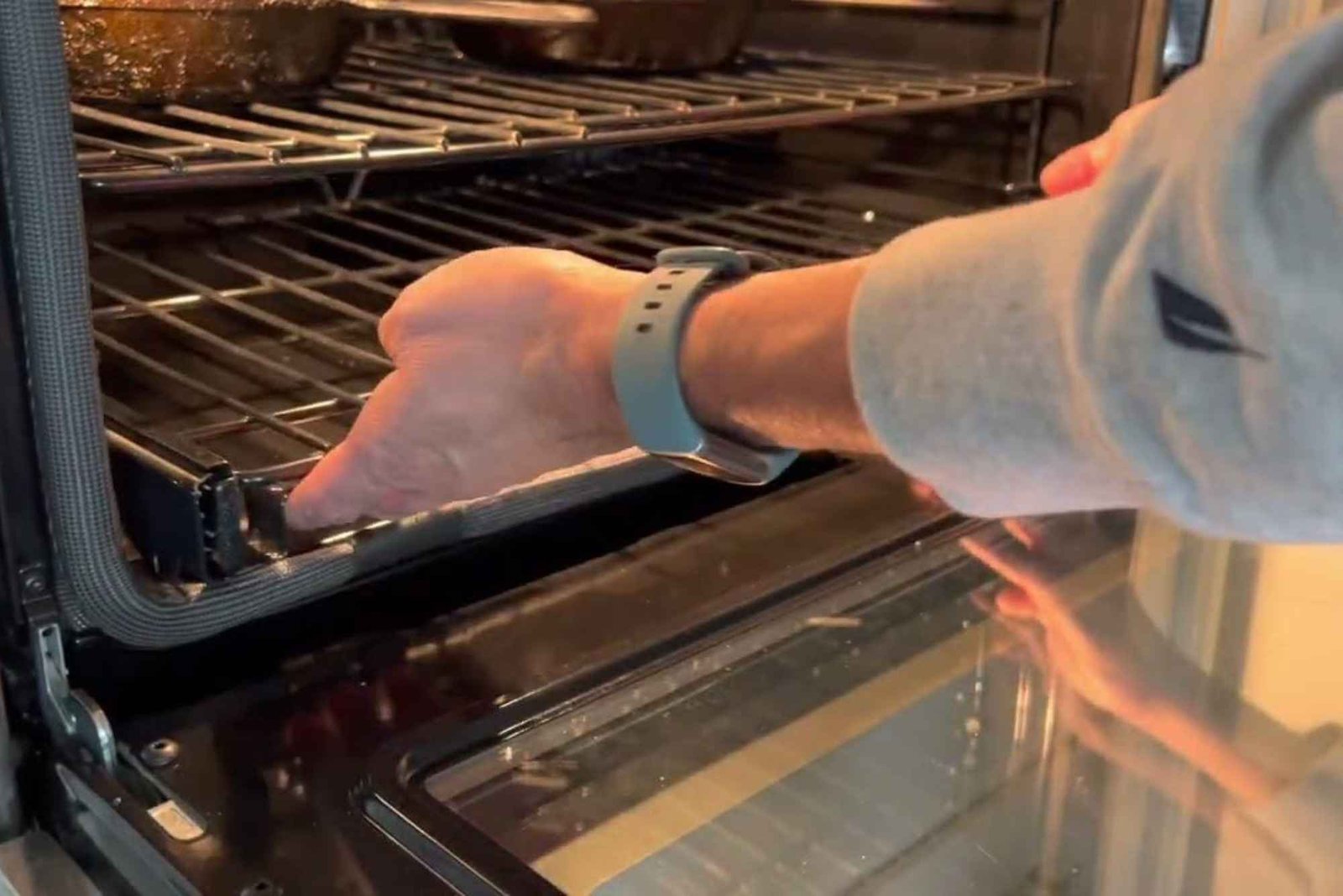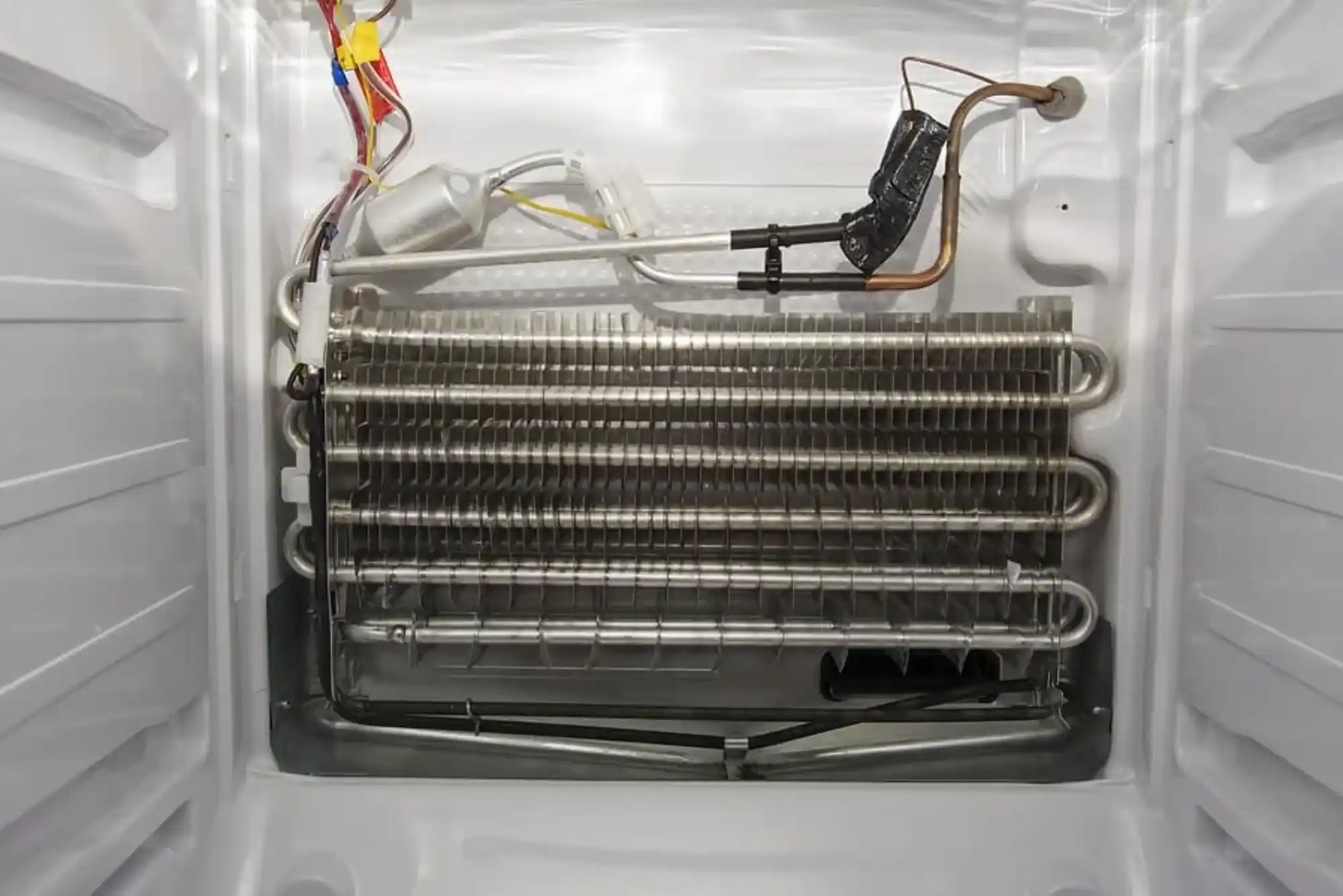In the modern manufacturing world, technology isn’t just a tool—it’s the foundation that keeps industries competitive, efficient, and innovative. Nowhere is this more evident than in the operations of a plastic parts company. From product design to mass production, technology has reshaped the way these businesses operate, bringing precision, cost-effectiveness, and sustainability into focus.
As someone who has worked alongside engineers and suppliers in this field, I’ve seen firsthand how digital tools, automation, and advanced materials have transformed the role of a plastic molded parts manufacturer. Today’s market demands speed, consistency, and adaptability, and without technology, meeting those demands would be close to impossible.
In this article, we’ll dive deep into how technology supports plastic part production, why it matters for both manufacturers and customers, and how it’s setting the stage for future innovations.
Technology in Design and Prototyping
The journey of any plastic component begins with design, and here technology makes the first major impact. In the past, design was a lengthy process, often relying on manual drafting or trial-and-error methods. Today, computer-aided design (CAD) and computer-aided engineering (CAE) software allow a plastic parts company to visualize, simulate, and refine concepts before a single mold is created.
These tools help engineers test durability, weight, and performance under different conditions. For example, I once worked with a plastic molded parts manufacturer that used simulation software to predict how a car dashboard panel would behave in extreme heat. By catching potential weaknesses early, they avoided costly retooling later in production.
This early integration of technology reduces risks, speeds up the design phase, and ensures that the final parts align with customer expectations.
Precision in Tooling and Mold Making
Tooling is one of the most critical and expensive stages in plastic manufacturing. The mold dictates not only the shape of the part but also its quality and efficiency during production. Thanks to advancements in CNC machining, 3D printing, and even laser cutting, creating molds has become far more accurate and efficient.
For a plastic parts company, this precision matters because it directly impacts consistency. A minor error in a mold could result in thousands of defective pieces. By leveraging digital modeling and automated machining, manufacturers can ensure that molds are crafted with exact tolerances.
I recall visiting a facility where 3D-printed prototype molds were being used for short-run production. This allowed the plastic molded parts manufacturer to test customer designs in real-world conditions without committing to expensive steel molds right away. It was a perfect example of technology driving smarter business decisions.
Automation in Production
When it comes to large-scale production, automation is a game-changer. Modern injection molding machines are often fully automated, equipped with robotics that handle repetitive tasks such as part removal, quality inspection, and packaging.
This doesn’t just save labor costs—it improves safety and reduces human error. In one plastic parts company I worked with, robotic arms were used to remove hot parts from machines and place them on conveyors. The result was a streamlined workflow that reduced downtime and improved worker safety.
Automation also enables manufacturers to run operations around the clock. For industries like automotive or medical devices, where demand is constant and deadlines are tight, this reliability is essential.
Quality Control and Data Analytics
Quality assurance is another area where technology has raised the bar. In the past, inspections were done manually, relying heavily on operator skill. Today, vision systems, laser scanners, and even AI-powered quality control platforms can detect micro-defects invisible to the human eye.
For a plastic molded parts manufacturer, this means fewer returns, stronger customer trust, and long-term savings. Some companies are now integrating data analytics into their production lines. Sensors track temperature, pressure, and material flow in real-time, flagging issues before they lead to defects.
One plastic parts company I consulted with adopted predictive maintenance software that monitored their machines. This technology identified wear patterns and scheduled servicing before a breakdown occurred. Not only did it reduce downtime, but it also extended the life of their expensive molding equipment.
Sustainability and Material Innovation
Technology is also helping plastic manufacturers address one of the industry’s biggest challenges: sustainability. Advances in material science are enabling the use of bio-based plastics, recycled resins, and lightweight composites.
A modern plastic molded parts manufacturer can now experiment with eco-friendly alternatives without sacrificing strength or durability. Combined with efficient processing techniques, this reduces waste and energy consumption.
I’ve seen examples where closed-loop recycling systems were implemented within a plastic parts company, allowing scrap material from production to be reprocessed directly into new parts. It’s a practical approach that balances profitability with environmental responsibility.
Customer Collaboration and Digital Platforms
Technology doesn’t just influence production—it also transforms how manufacturers interact with customers. Many plastic parts companies now offer digital portals where clients can upload designs, request instant quotes, and track orders in real time.
This level of transparency builds trust and accelerates decision-making. A plastic molded parts manufacturer leveraging these digital tools can respond quickly to changes in demand, offer customization, and provide better overall service.
One customer I worked with praised a supplier for their online dashboard that showed live updates of production progress. It eliminated countless emails and meetings, saving time on both sides.
The Future of Plastic Part Manufacturing
Looking ahead, the role of technology in plastic manufacturing will only grow. Artificial intelligence, IoT (Internet of Things), and even blockchain for supply chain transparency are already making waves.
Imagine a plastic parts company using AI to automatically adjust machine settings for optimal energy use or an IoT-enabled system that alerts managers when a material shortage is approaching. These innovations aren’t futuristic—they’re happening now in forward-thinking operations.
For plastic molded parts manufacturers, staying ahead in this technological race isn’t optional. It’s the key to survival in a highly competitive market where customers expect fast turnaround, flawless quality, and sustainable solutions.
Final Thoughts
Technology has become the backbone of every plastic parts company, influencing design, production, quality, and customer engagement. For a plastic molded parts manufacturer, it offers the tools to stay competitive while meeting modern demands for precision, speed, and sustainability.
From CAD software and automated machinery to AI-driven analytics and eco-friendly materials, the integration of technology ensures that the industry continues to evolve. For customers, it means reliable products and innovative solutions. For manufacturers, it’s the difference between falling behind and leading the market.




